The tumultuous 2016 presidential campaign, shaped by unorthodox candidates, relentless media coverage, and hugely divided political parties, is often characterized by pundits as unprecedented. But according to College of Arts & Sciences historian Bruce J. Schulman, Americans experienced similar cultural and political transformations a century ago. The period from 1896 to 1929 brought the rise of cities and the arrival of more than 20 million immigrants from Europe, Asia, Mexico, and the Caribbean. The birth of radio, film, newspaper chains, and advertising campaigns for brand-name products—Quaker Oats, Heinz Ketchup, Coca-Cola—also changed the country, unifying and nationalizing the American experience.
“What it is to be America, and to be an American, relative to institutions and the larger world, is very different in 1929 than it would have been at the beginning of this period,” says Schulman, William E. Huntington Professor of History. “A fundamental conflict of the early 20th century was people wrestling with the question of what are we going to do with all these immigrants? That is something that still resonates today.”
Schulman recently won a National Endowment for the Humanities Public Scholar Award for his forthcoming book, a volume of the Oxford History of the United States covering the years from 1896 to 1929. He is the author of three previous books on modern American history, From Cotton Belt to Sunbelt, Lyndon B. Johnson and American Liberalism, and The Seventies: The Great Shift in American Culture, Society, and Politics, a 2001 New York Times Notable Book of the Year.
Bostonia talked with Schulman in his office, with its historic presidential campaign posters and bust of Lyndon Johnson, about how the turn-of-the-century changes he is studying connect to today’s politics.
Bostonia: How is the outsider candidacy of Donald Trump reflected in the period you’re studying?
Schulman: The central problem in the last century of American political history is how we get from the era of the politics of the party and the machine to the era of the consultant, interest groups, and the mass media–mediated campaign. It’s a shift from a time when parties structured every aspect of political, social, and cultural life—and local party organizations formed the principal intermediaries between politicians and ordinary citizens—to an era when politicians communicate with, and mobilize, voters primarily through mass media. It’s a transition to today, when even though partisan attachments are strong, parties are not very strong. Donald Trump is Exhibit A in that change.

In the 1880s, there were no secret ballots in US elections. Voters picked up their ballot, printed by their party or often-partisan newspapers and with the names of only their party’s candidate for each office, from their party’s precinct captain, and stuffed it in the ballot box.
What are some of the key developments you’re writing about?
Think first about just the practice of voting. We have an idea that even though the technology is different, voting was pretty much the same 100, 120 years ago as it is today, that you had a secret ballot and could choose between and among rival candidates for office. But these aspects of voting are products of the 1890s, when the secret ballot, which originated in Australia, was adopted. Before that, either the party organizations or the newspapers, which were mainly partisan institutions, printed ballots. You’d walk up to your polling place, you’d find your party’s precinct captain, he’d hand you a ballot, and you’d stuff it in the ballot box. Maybe you’d try to stuff three or four in the ballot box.
So before the Australian ballot, you wouldn’t fill out a ballot and choose a candidate?
No. The ballot was called the ticket—because it looked like a railroad ticket—and what we call ticket splitting was all but impossible. You had to be literate in English, and remember, there were lots of immigrants, not all of whom were literate in English. You’d have to have a pen or a pencil to cross out a name and write in a name in full view of all the people who were there. That didn’t happen. Politics wasn’t about trying to convince people to vote for your candidate. It was about mobilizing voters. Affiliation was defined largely by things like race, ethnicity, region, religion. People were pretty much born a Republican or Democrat.
So what happened with the Australian ballot?
Now we have state and local governments printing ballots for the first time and guaranteeing a secret ballot. Ticket splitting becomes possible. You can check a Democrat for mayor, a Republican for city council, a Democrat for president. That’s a big change.
In the 1896 presidential election, William McKinley, the Republican candidate, who won, reached out to voters who had typically been loyal Democrats—who wouldn’t have been in their army of regular voters—with a so-called campaign of information.

With the secret ballot in wide use in the 1896 presidential election, Republican candidate William McKinley mounted a massive information campaign, with five or six pieces of campaign literature for every US man, woman, and child, aimed at loyal Democrats. McKinley won.
How did they try to win over Democrats?
In many ways, that campaign was a forerunner of today’s politics with the emphasis on candidates’ personalities and on issues. The Republicans had big fundraisers. Mark Hanna, who was McKinley’s campaign manager, raised millions and millions of dollars—hence the allegations of corruption and conflicts of interest that would come up against McKinley. Interestingly, Hanna raises millions of dollars from Wall Street and other wealthy businesspeople, and guess what? He doesn’t spend it all. What does he do with the leftover money? He returns it to the donors, which makes it easier to raise money the next time around.
The McKinley campaign puts out five or six pieces of campaign literature for every man, woman, and child in the United States, whose population was roughly 75 million. The campaign produced literature in 50 different languages—which is really important because immigrants had typically been Democrats—and appealed especially to Roman Catholics, who had typically been Democrats, with some success.
They also sent lots of prewritten articles and illustrations to magazines and newspapers across the country. A lot of small-town newspapers were shoestring operations. One person was the editor, publisher, the guy who sold the advertising, and the reporter. Having someone send you stuff you could use for free was great.
The Republicans also set up a speakers’ bureau. The Democrats didn’t need a speakers’ bureau because their candidate, Williams Jennings Bryan, traveled everywhere. His events were much bigger than Trump’s events today, which was pretty amazing because there was no amplified sound back then.
How many people would show up for Bryan’s events?
We have no official counts, but at some there were as many as 50,000 people. All told, Bryan reached five million people in just 100 days.
Now, let’s think about another important event. In the 1924 election, the electorate is almost twice as big as it had been in 1916. Why is that?

The 19th Amendment gave women the vote in 1920, nearly doubling the size of the electorate in 1924. The Teapot Dome scandal had the Republican Party contending with corruption charges. The Democratic National Committee women’s division dressed up a car as a singing teapot and drove it around the Northeast to dramatize Republican corruption.
Because women had won the right to vote in 1920 with the passage of the 19th Amendment.
Yes, so that’s how you almost double the size of the electorate. Usually people don’t think about the election of 1924 as a very important election because Calvin Coolidge, the Republican incumbent, won in a landslide. But in all of the three major candidates that year we see the beginnings of major shifts. The big story of that year is, of course, in the Democratic Party. When people thought the Republican convention might be contested this year, there was some talk about the 1924 election. The Democratic convention went 16 days in a New York City heat wave in an un-air-conditioned Madison Square Garden.
What made it last 16 days?
They were deadlocked. And it took 103 ballots to settle on a candidate. One of the issues was whether the Democratic Party should condemn the Ku Klux Klan by name. They decided against doing so by one vote. The party was now split between the southern, western, rural Bryanite wing that had always been in favor of small government, states’ rights, segregation, and so on, and its growing eastern, urban, immigrant wing. In 1924, those two sides were about equal in strength. That’s why they deadlocked. The two leading contenders were Al Smith, a New York City politician who was a wet—that is, he was against Prohibition—and William McAdoo, who represented the Bryan wing and was a dry. After 103 ballots, they find a compromise candidate: John Davis, a former Congressman from West Virginia, who will not do well.
What about Robert LaFollette, the Progressive candidate?
The Progressives were an antiparty party. The big issue that year was corruption, because the Republican Party had been involved in the Teapot Dome scandal, which would have sunk President Harding if he hadn’t died in office. Historians don’t generally take corruption very seriously as an issue, because everyone always talks about corruption, but in this case corruption was really a proxy for antiparty sentiment.
The women’s division of the Democratic National Committee, a new organization set up to mobilize women voters, gets this car and dresses it up as a singing teapot, with smoke coming out of it. They drive it all over the Northeast to dramatize Republican corruption. In 1924, the women’s division of the DNC said, ‘Talk to women voters about Republican corruption and why they should vote for Davis. Don’t try to make them Democrats; women don’t really like parties. We’ll try to make them Democrats later.’ Think about it. Women had not been allowed to be involved in party politics. To the extent that they were involved, it tended to be in nonpartisan reform activity. Part of the reason the intensity of partisanship fades is that now you’ve got all these women participating in what had basically been a man’s world.
What about Coolidge’s campaign?
Coolidge hardly mentions that he’s a Republican. He has to separate himself from Republican corruption. He creates the Coolidge Non-Partisan League. He hires Bruce Barton, the advertising executive from Madison Avenue, and Edward Bernays, the founder of modern public relations. He uses radio and film. He associates himself with celebrities. In all those ways, you can see that Coolidge’s campaign is a way station in the long odyssey to the politics of media and special interests that we have today.
How did Americans feel about all this change?
The changes I’m talking about remain inchoate. Much of the conflict of the period is pushback against them, especially when we get to the 1920s and all the species of fundamentalism—not just religious fundamentalism, but political fundamentalism such as the revival of the Ku Klux Klan, such as restrictions on immigration from Europe. There remains, at least in significant portions of the population, some real uncertainty about the brave new world that the United States is not only entering, but in many ways creating.
Read a chapter from Bruce Schulman’s forthcoming book here.
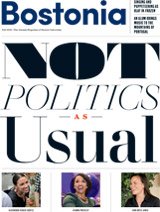

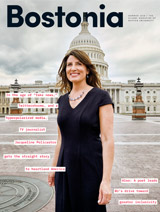
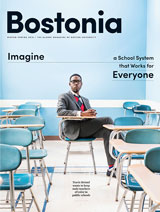
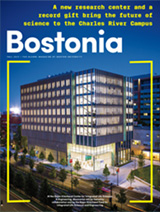
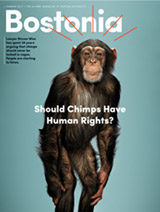

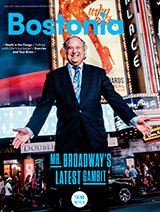
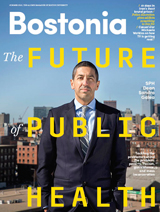
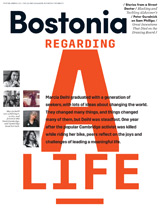
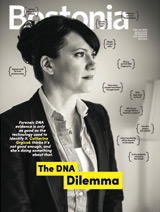
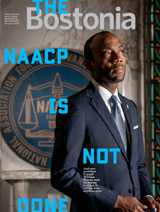
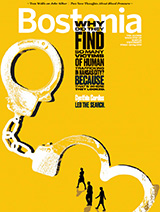
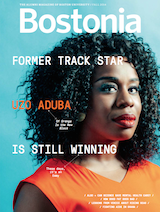


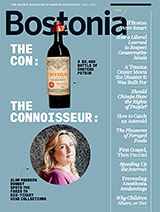
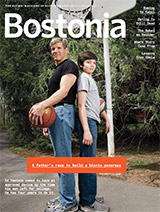
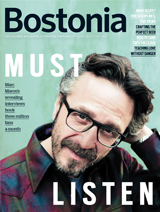
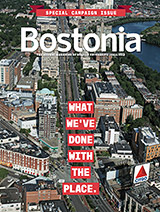
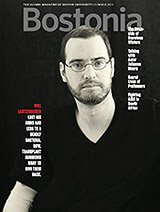
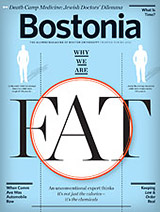
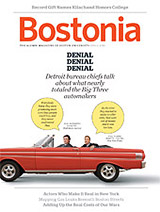
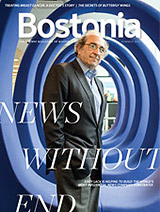


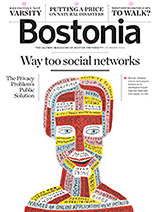
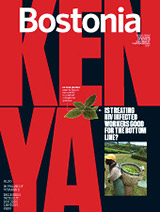
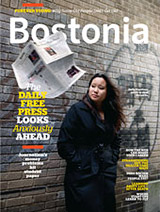
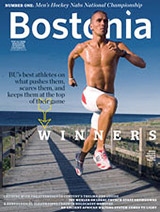
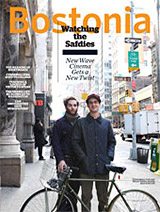

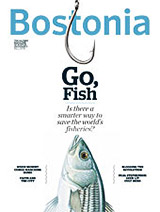
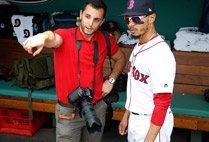

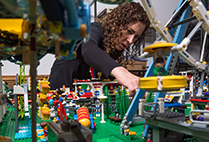

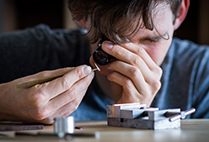
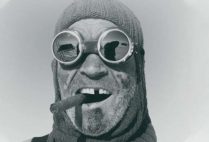

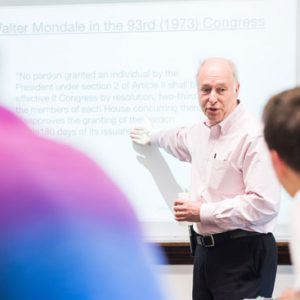


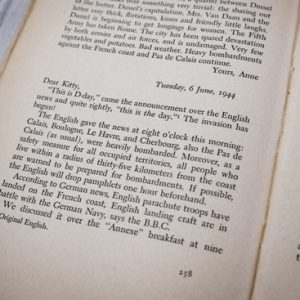




Related Stories
BU Historian Answers: Are We Headed for Another Civil War?
Mueller report has Democrats and Republicans feuding—just how bad could it get?
CAS Political Scholar Decries Horse-Race Election Coverage
Offers insights on how this presidential contest is, and isn’t, different
Alexandria Ocasio-Cortez (CAS’11) Named One of Time’s 100 Most Influential People
“Millions are taking cues from her,” writes Senator Elizabeth Warren (D-Mass.)
Post Your Comment